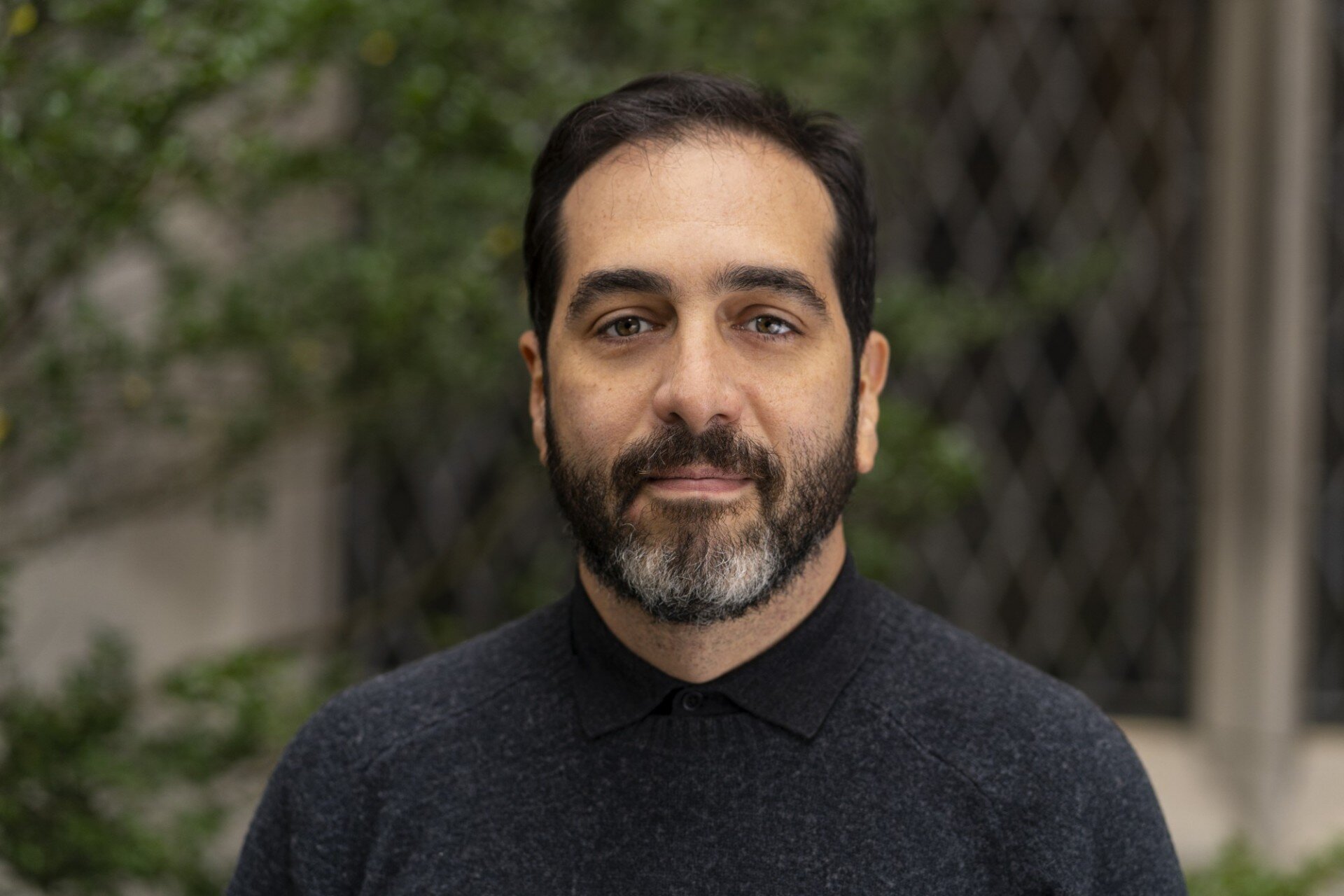On a cobbled street in Madaba, Jordan, a house smells of orange blossom and toasted nuts. In the kitchen, a woman expertly fills soft disks of dough. She folds each one carefully, seals it with her fingertips, and arranges them on a metal tray bound for the oven. It’s December, and her Christian family is preparing for Christmas Eve dinner. A few months earlier, across the street, her neighbor was doing the exact same thing at sundown, following a day of fasting. The dessert is the same. The occasion, different. The gesture, identical.
Such is Qatayef: a dessert born in Ramadan markets that has found its way to other tables, on other dates, and in other lives.
A History Cooked Slowly
Qatayef has centuries of history. Some sources mention it in the banquets of the Abbasid Caliphate in Baghdad as early as the 10th century CE. In the Levant, it became synonymous with Ramadan—to the extent that, for many, its appearance in the markets marks the true beginning of the holy month.
Its preparation is as simple as it is delightful. The dough, similar to a thick crepe, is cooked only on one side. While still warm, it is filled with nuts, almonds, pistachios, or fresh cheese. It is then folded into a half-moon shape, fried or baked, and finally soaked in syrup made from sugar, lemon, and rose or orange blossom water. Some prefer the lighter version, unfried, served cold and filled with cream. But all share something essential: the pleasure of a sweet bite after a long wait.
The Heart of Ramadan
During the fasting month, Qatayef is more than dessert—it is a ritual. It appears after sunset prayer when streets fill with life and homes become places of celebration. In Jordan, Qatayef stalls line the souks, bakeries lay out overflowing trays, and neighbors vie for the most flavorful filling.
In many households, making Qatayef becomes a communal task. Kneading, stuffing, and sealing with practiced hands. It becomes an excuse to gather family, to teach the youngest, to preserve a custom that, though modest, carries meanings of identity, memory, and gratitude.
A Dessert Beyond the Mosque

(Qatayef; Photo credit: Bara'a Zama'reh)
Yet Qatayef is not exclusive to Islam. In cities like Madaba or As-Salt, with significant Christian populations, it is also served during Christmas celebrations or family gatherings. It isn’t tied to religious mandates or liturgical calendars, but to lived experience: that of neighbors who share markets, friendships, and memory.
Often, Christian families learned to make it by watching their Muslim neighbors. Others inherited it from mothers or grandmothers who folded it into their family repertoire. In some homes, it becomes the centerpiece dessert of Christmas Eve—a symbol of Jordan’s pluralism, expressed more in daily life than official statements.
This is not cultural appropriation. It is coexistence shaped, in part, by taste.
When Flavor Connects
What makes Qatayef remarkable is not only its taste but what it signifies: a meeting point. In a world that often emphasizes difference, a dessert like this reminds us of shared gestures that transcend belief. Cooking for others. Sharing sweetness. Waiting together.
In its simplicity, Qatayef carries a lesson: sometimes, the deepest truths aren’t taught through words, but through shared meals.
In the end, Qatayef is more than a sweet. It is living history. It is an act of care. It is the possibility of recognizing oneself in the other—without losing oneself. Its crescent does not divide; it embraces.




